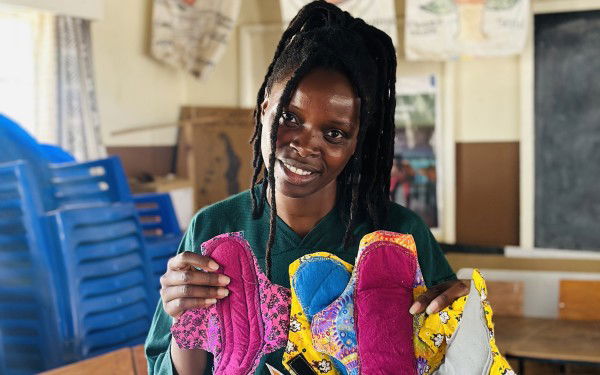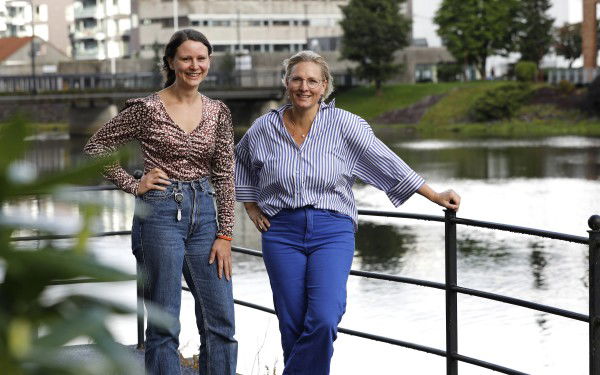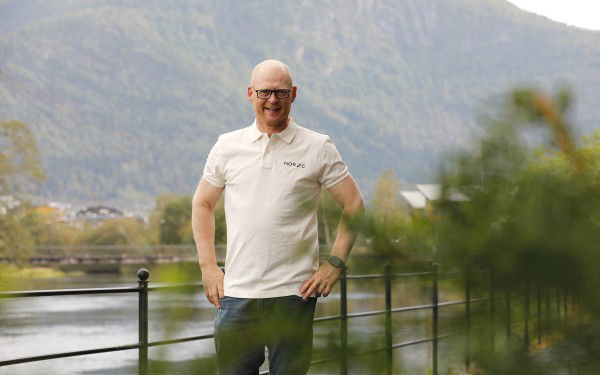New report: Partnership is a buzzword lacking meaning
29. June 2022
Partnership is a frequently used word in international development and aid. It is a buzzword used regardless of how relationships are organised, according to a new report.
One of the key findings in the report, written by senior researcher Jon Harald Sande Lie from the Norwegian Institute of International Affairs (NUPI), is that partnership is used to label most aid relationships in development policy documents, regardless of what is going on in practice. The report calls the partnership concept a buzzword lacking meaning.
On the one hand, labelling a cooperation as a “partnership” may potentially conceal unequal power dynamics. On the other hand, the concept, as it is defined and used today, may also serve to unify diverse actors and practices.
Norec adds some meaning to the concept

Jon Harald Sande Lie, senior researcher at NUPI
The report claims that Norec has managed to add meaning to the concept of partnership to a certain degree. Norec emphasises qualities like ownership, reciprocity and co-operation in their online guidelines for applicants. However, Norec fails to specify what ownership means in practice, how to operationalise reciprocity, or how to build trust.
– It would be wise of Norec to build a general understanding of what values partnership is based on: Trust, equality and reciprocity. That will make it easier for the partners to grasp it, says Lie.
– What might the Norwegian development and aid industry and others who work with international partnership learn from this report?
– The Norwegian development industry, Norad included, is very preoccupied with defining categories. However, if a true bottom-up approach is what you wish to achieve, you have to be open to the diversity of what partnerships might look like instead of trying to fit them all into preset categories of what partnerships are supposed to be.
– I think it is better to focus on a partnership culture instead of a specific partnership definition. It is not a box you can check. When you define something, it might of course be clarifying for some, but a lot of co-operative relationships might also fall outside the definition, says Lie.
Other key findings:
- According to the report, most Norec partners endorse the key partnership principles and have a shared understanding of the partnership concept. However, from the practical examples given in the interviews, the report suggests that there is a limited awareness among partner institutions of the power dynamics of exchange partnerships.
- Norec’s guidelines for applicants use the concept frequently, with an emphasis on the notions of ownership, reciprocity and collaboration, but do not specify what ownership means, how to operationalise reciprocity, or how to build trust.
- The report describes the role of the coordinating partner as “an elevated position” in the exchange partnership. Therefore, in discussing the partnership concept in Norec’s programmes, particular attention should be given to the role of the coordinating partner and how it understands and practices the partnership concept.
- Through interviews the report discovered a strong trend among civil society partnerships: that the exchange projects often involved participants from the north going abroad to teach, while those from the south travelled to the north to learn. However, in private sector partnerships and in exchanges drawing on highly competent, knowledge-intensive sectors, this dynamic was nearly absent. Among the private actors interviewed, the focus was more on the added value of cultural exchanges rather than teaching and learning.
From the 1980s until today
The report also provides a historic overview on how the word partnership became the norm in the international development and aid industry.
– In the early 1980s, non-governmental organisations disliked the top-down mentality that characterised the development industry when an organisation with strong financial resources came from the north to “rescue the south.” They meant that the locals themselves knew best what to address and how. It was a moral imperative to have a more bottom-up approach, explains Lie.
This mentality affected the multilateral sector in turn. One of the first multilateral organisations to implement the partnership concept was the World Bank.
– For them, the appeal was greater efficiency. They believed handing off the responsibility to locals, who knew the challenges best, would give them more “development per dollar.”
The partnership mentality then made its way into the OECD Development Assistance Committee framework. Spreading throughout the 2000s, soon everyone started to operate with the partnership model. Now, it is undoubtedly the norm in international development.
– Today, we cannot imagine development aid without partnerships, says Lie.
How to improve facilitation
The reason why Norec commissioned this research was to get a better understanding of the potential challenges the partnerships might meet in their co-operations. By getting a better idea of this, Norec could improve its facilitation of fruitful partnership relations to achieve the sustainable development goals.
– We know that smooth co-operation is a precondition for a successful international partnership. It is hard to succeed in creating good relationships. Many partners are conscious of historical and unequal power structures. But we wanted to investigate what it is like for those who work with this on a day-to-day basis, explains Norec’s Director General, Jan Olav Baarøy.
After the launch on April 7, Norec will consider if and how the report might lead to changes in how Norec communicates about partnership.
– Can it be used in the trainings we host for new partnerships and participants? Does it give us any ideas on how we can improve our guidelines? These are examples on topics we shall investigate further, says Baarøy.




